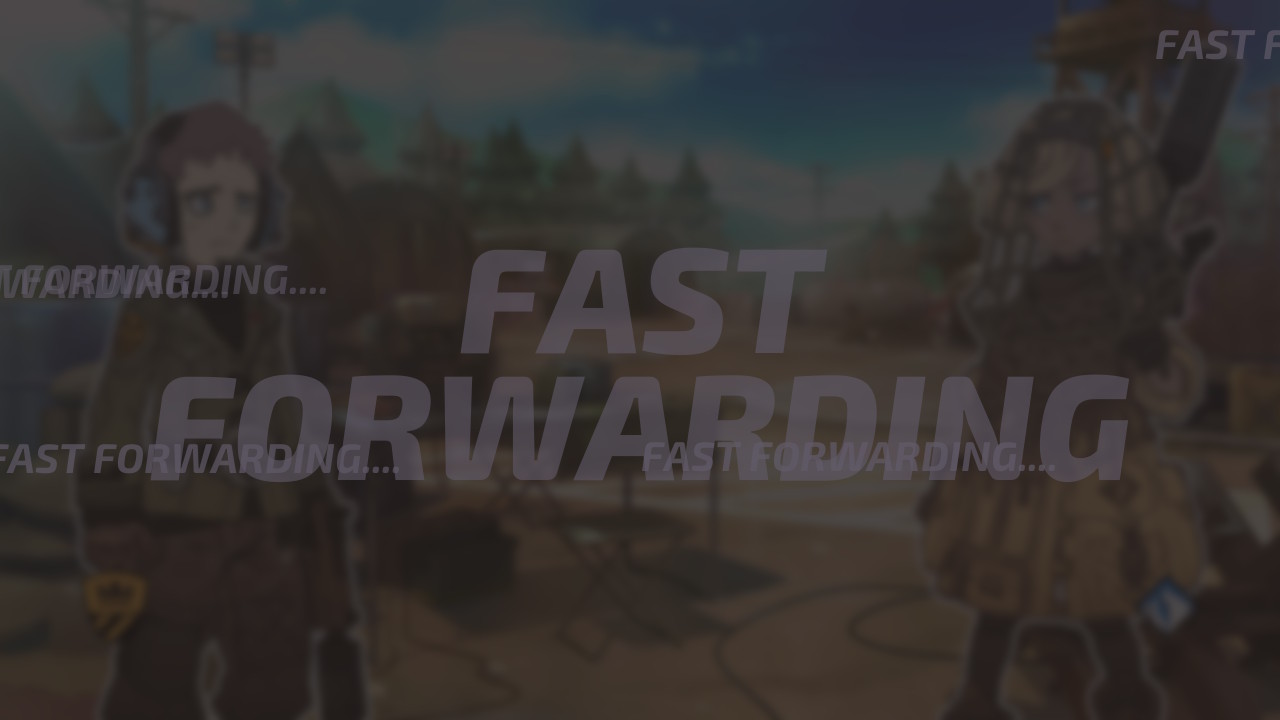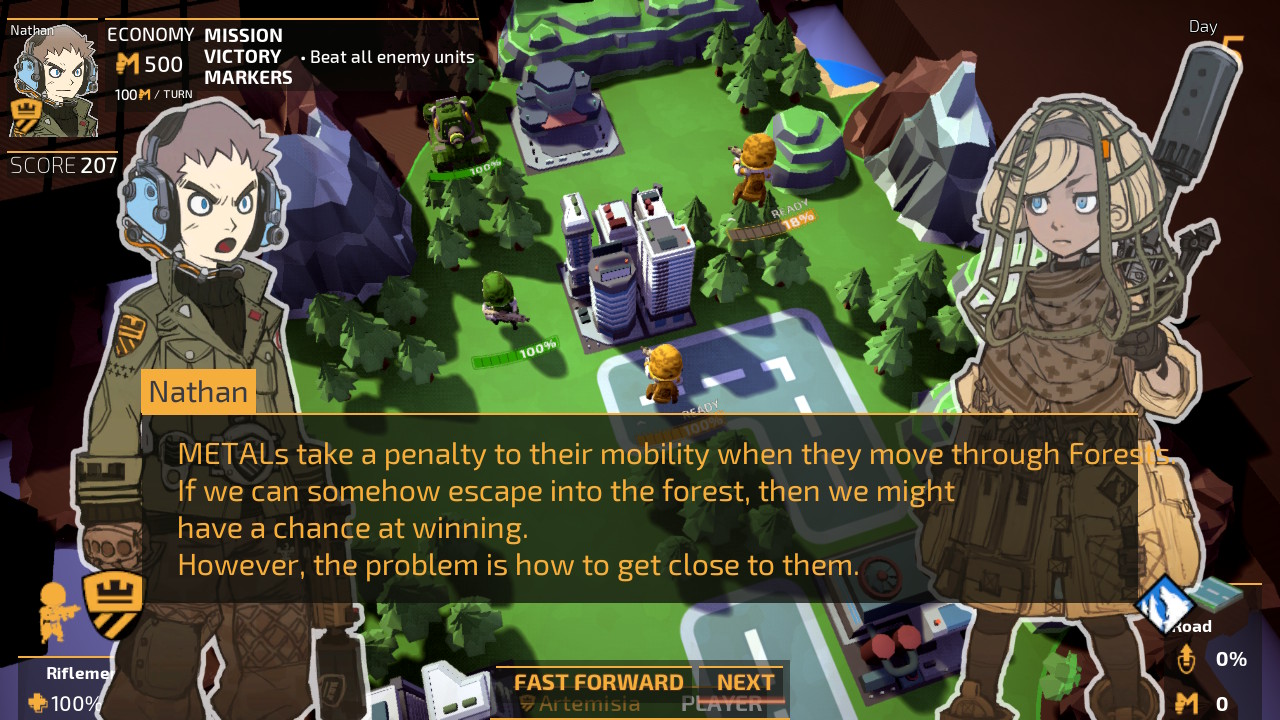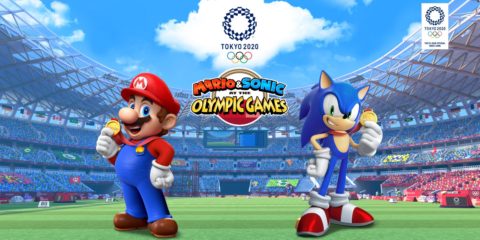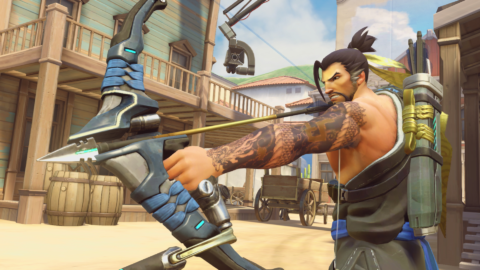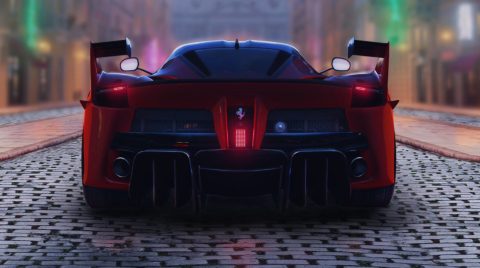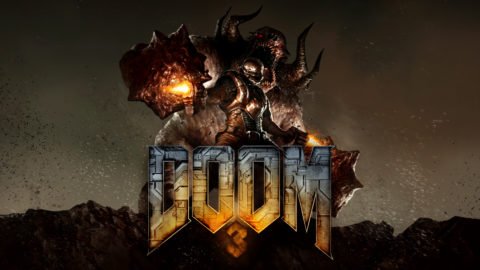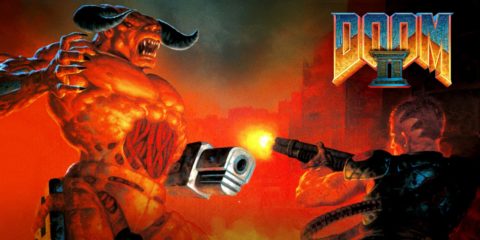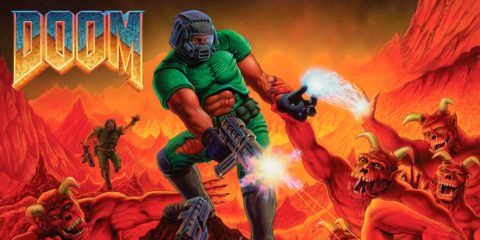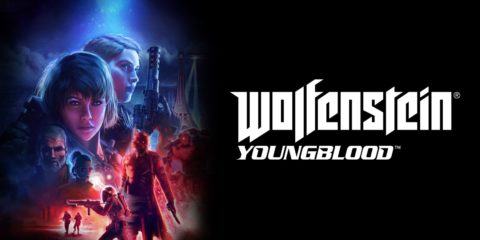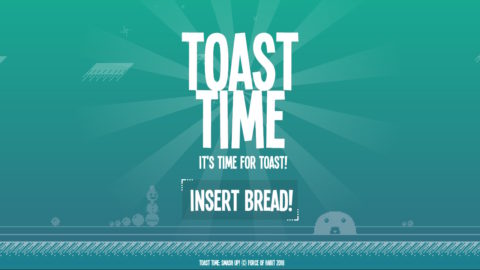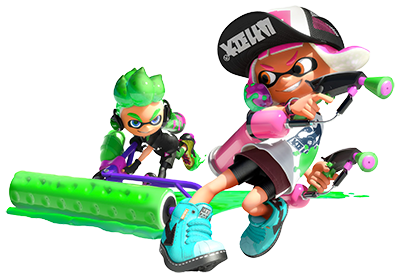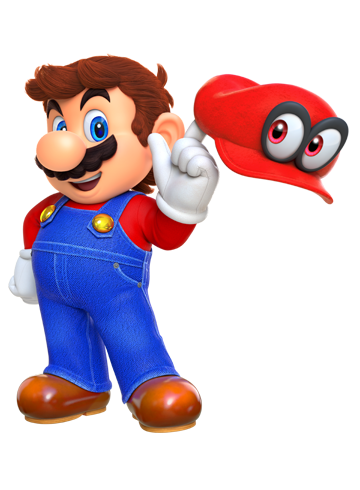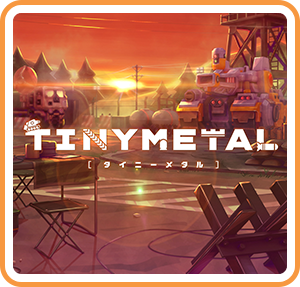
There hasn’t been a turn-based tactic game like Advance Wars from the Game Boy Advance days until now. Developed by Area 35 and published by Unties, Tiny Metal is a unique game that’ll keep you entertained for a few hours but becomes repetitive the longer you play.
Heavily inspired by Advanced Wars, Tiny Metal uses military units such as tanks, jets, scouts, and snipers to take down enemies across a chess-like board. The game gives players the ability to control an entire army at their disposal. Like any other tactical game, your choice can impact the battlefield and can drive you towards victory or defeat.
It’s War
50 years after the Great World War, the fight for survival over scarce resources has led to numerous conflicts. One of the largest kingdoms, the Kingdom of Artemisia, have lost their king and their “war hero” thanks to a sudden attack from an unidentified aircraft, causing a ripple effect across the globe. The nation of Zipang was to blame and are now headed towards Artemisia’s turf for war.
The game revolves around a political battle and puts you in the shoes of Artemisian Lieutenant Nathan Gries who takes the helm on moving his army to fend off Zipang and their army. An interesting story but it follows a formula common to games of this sort with political battles filled with desperation and betrayal. The campaign lasts roughly nine hours, a typical length for indie games.
Let’s Talk
The characters are drawn in anime-like, 2D illustrations with little to no movement. Even if the characters hardly move, aside from their mouth and facial expressions, they’re impressive to look at. During the character conversations, the biggest concern is the dialogue boxes. The text wrap is inconsistent and makes it difficult for the player to read, especially on larger screens.
What’s worse is that there’s no “pause” or button option to read the messages at your own pace. Instead, you are able to either “fast forward” through the conversation (which is amusing, as if you are fast-forwarding a VHS tape) or hit “next” which jumps you to the next scene.
While playing, there’s a scene where the dialogue exceeds the box, making it more of a mistake. Clearly, an update is needed to fix these issues however it doesn’t deteriorate gameplay, as you are more focused on making tactics than reading.
Character voices were recorded in Japanese with English subtitles, while the vocals for the units were recorded in English. You can tell the actors have portrayed a great amount of emotion to their characters, and while some of the battle units’ dialogue is amusing they tend to get repetitive as you play.
Invading in a 3D World
Tiny Metal’s graphics are based on a 3D environment along with its “chess” pieces in 3D models. Visually, it’s not the best in terms of texturing but the designs are compelling. On the game map, you are restricted to a limited view and can only see a few couple enemy units.
You are required to move forward to unveil new areas of the map and prepare for an enemy attack. It’s a different approach than a typical chess-type game as you are invading an enemy’s territory without knowing what lies ahead.
When starting the battle, you’ll be given requirements to win, most of the time it’s defeat all enemies on the battlefield. Other times you need to either survive a number of “days” or conquer enemy headquarters.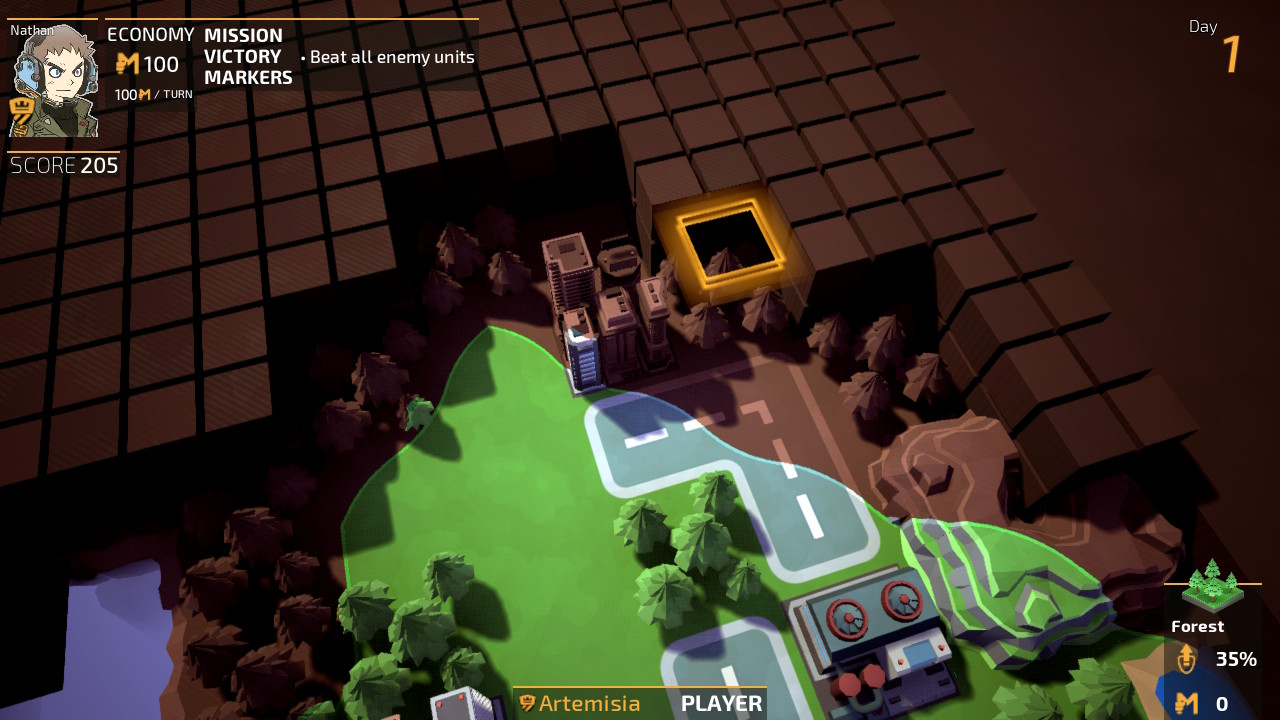
Units can “Attack”, “Assault”, and “Lock on” to their opponent. Attacking is your normal attack. Assault grants the ability to attack first but the defender can push them out of their panel, giving you more space around your unit. Lock on, locks to the target and will end your turn. Your unit’s firepower can be transferred to another unit. The next unit can attack the same enemy and will need to select “Focus Fire” in order to utilize the increased power. Both units will fire on the enemy and if the enemy is still standing, it will only attack the last unit who attacked. Using these attacks with some thought can give you an advantage on the field.
In battle, you’ll notice a few buildings that can be captured and are highly recommended to be seized. To capture, have a troop, not vehicles, land on the building square and select the move “Capture Building”. Depending on your unit, it’ll take at least a couple moves to successfully capture. Keep in mind that enemies too can capture them, using them at their disposal and increase their strength.
Captured buildings help in various ways such as healing and summoning additional units for backup, as long as you have enough military money. Military money is the game’s currency and can be gained each “day” in battle.
As you progress through the story, new units become available. Many of them are helpful such as the helicopters and the various tanks. Each unit has a unique ability but can also be a downfall. For example, heavy tanks are powerful but are limited to where they can travel. Jets are fantastic in the air but can only battle enemies in the air and are vulnerable against striker units. Very similar to chess pieces. Out of all the units available, the radar unit was the most useless. This unit cannot attack and only detects enemies in an unidentified area. You’ll find yourself using these units as decoys than anything else.
Each battle can last over an hour easily and will keep you entertained but at the same time, it can be exhausting. Battle schemes become repetitive and sometimes a chore. While you can fast forward dialogue, you can’t fast-forward battle scenes.
An additional option is available called “Skirmish” but is strictly gameplay, no story and no multiplayer. The game also comes with its own encyclopedia called “Metalpedia”, which can be accessed anytime if you need to look up information regarding the game.
Where’s Multiplayer?
The game delivers content for the campaign but fails to deliver a multiplayer mode at launch. With interesting maps and units to use, players will earn this option right out of the gate. The developers have mentioned that a multiplayer mode is still in development and will be available as a free update, later this year.
Handheld vs Television
With the game’s menu and the funky dialogue layouts, playing on the big screen felt more work as players will move their eyes all over the screen to read and battle. Whereas on handheld, everything is compacted into a smaller screen. Playing Tiny Metal on handheld is the way to go overall.
Final Thoughts
Character illustrations and unit battles make the game impressive but it’s lack of multiplayer mode at launch, hinders its full potential.
Review Copy Provided by Area35
